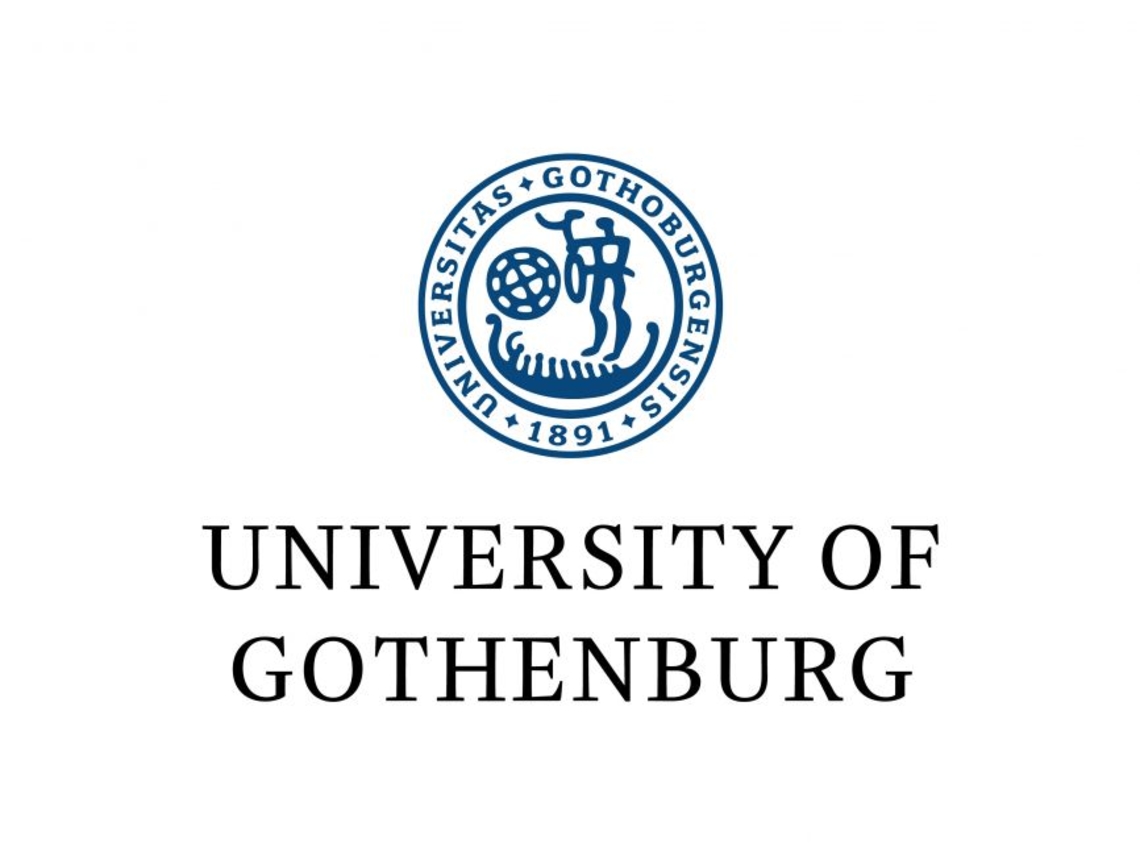Shellfishes emit CO2, what solutions exist?
In an article published in Reviews in Aquaculture, scientists reveal the idea that shellfish farms capture atmospheric carbon dioxide (CO2), is incorrect. In fact, shellfish emit CO2 as they build their shells. Returning shells to the water after the meat has been consumed, or cultivating algae with the shellfish, are promising ways of reducing CO2 emissions from shellfish farming.
Press release - Shellfish emit CO2, what solutions exist?
Scientists from Ifremer, CNRS, the University of Gothenburg in Sweden and the International Atomic Energy Agency's Radioecology Laboratory in Monaco, have reviewed 51 scientific papers that study the link between shellfish and CO2 . Thirty-six of them wrongly consider that shellfish production consumes CO2 because the idea is based on a misconception of carbonate chemistry.
"The main misunderstanding lies in the idea that the carbon in shells comes from atmospheric CO2, whereas it is essentially derived from carbonate or bicarbonate ions from rock erosion. Their incorporation into shells therefore does not lead to the capture of CO2 present in the atmosphere."
Fabrice Pernet, Ifremer researcher in marine organism ecology
In fact, it’s quite the opposite: far from absorbing CO2, shellfish emit it. In addition to respiration, the calcification that forms the shell releases CO2 into the water, and the more CO2 the ocean contains, the less it is able to absorb from the atmosphere.
However, the idea that shellfish production absorbs CO2 has grown in the shellfish farming community and government policy, to the point of considering the granting of carbon credits to shellfish farmers. Although shellfish farming offers numerous environmental benefits (seawater clarification, nitrogen and phosphorus regulation, etc.), it does not contribute to CO2 sequestration.
Return to the water of shells and co-culture with algae: two promising ways for reducing CO2
However, the CO2 emissions balance of the industry could be improved by returning shellfish to the ocean, or by developing algae co-culture on shellfish farming land.
"While the manufacture of shells produces CO2, their dissolution consumes it. Unfortunately, today most shellfish waste is incinerated and thus transformed into atmospheric CO2. Putting shells back in the water could therefore reduce CO2 emissions from shellfish farming."
Fabrice Pernet, Ifremer researcher in marine organism ecology
On the other hand, through the process of photosynthesis, algae transform CO2 into biomass. Their cultivation, combined with shellfish, could therefore capture some of the excess CO2 produced by shellfish farming.
The development of these solutions opens up great prospects for reducing CO2 production in shellfish farming, which remains, despite everything, the animal farming sector that emits the least carbon dioxide.
Read the article: Cracking the myth: Bivalve farming is not a CO2 sink. Fabrice Pernet, Sam Dupont, Jean-Pierre Gattuso, Marc Metian, Fréderic Gazeau. https://doi.org/10.1111/raq.12954
Partners



